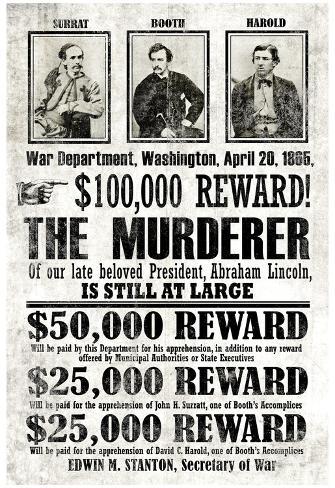Congressional Cemetery at 1801 E. Street SE in Washington is the final resting place for many men whose lives were quaked by the Lincoln assassination.
Among them are Henry P. Cattell, who embalmed Willie Lincoln and President Lincoln; Davy Herold, who was hanged as a co-conspirator, and Charles Forbes, the president’s valet and the man to whom John Wilkes Booth handed a calling card on assassination night.
Others interred there include Seaton Munroe, one of the men who identified John Wilkes Booth’s body aboard the Montauk; John Buckingham, doorkeeper at Ford’s Theatre on assassination night, and Peter Taltavul, the barkeep who poured two whiskeys for John Wilkes Booth just before Booth shot the president.
In addition, Congressional is the burial place of Evening Star reporter James Corggon, who viewed Booth’s body, and James Pumphrey, who rented a bay mare to Booth on the afternoon of the assassination but never got it back.
Source: The Lincoln Assassination: Where Are They Now? by Jim Garrett and Richard Smyth
.

